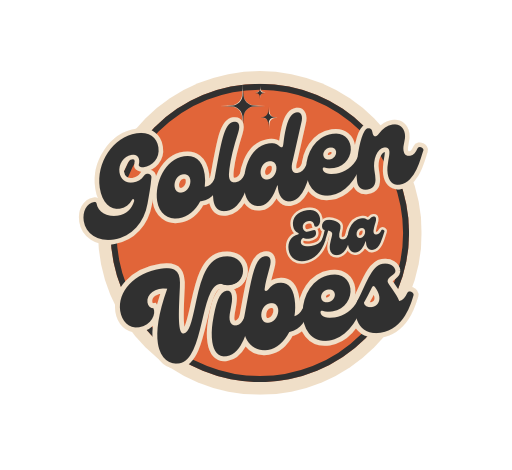18 Home Tools Boomers Used Daily That Gen Z Wouldn’t Recognize
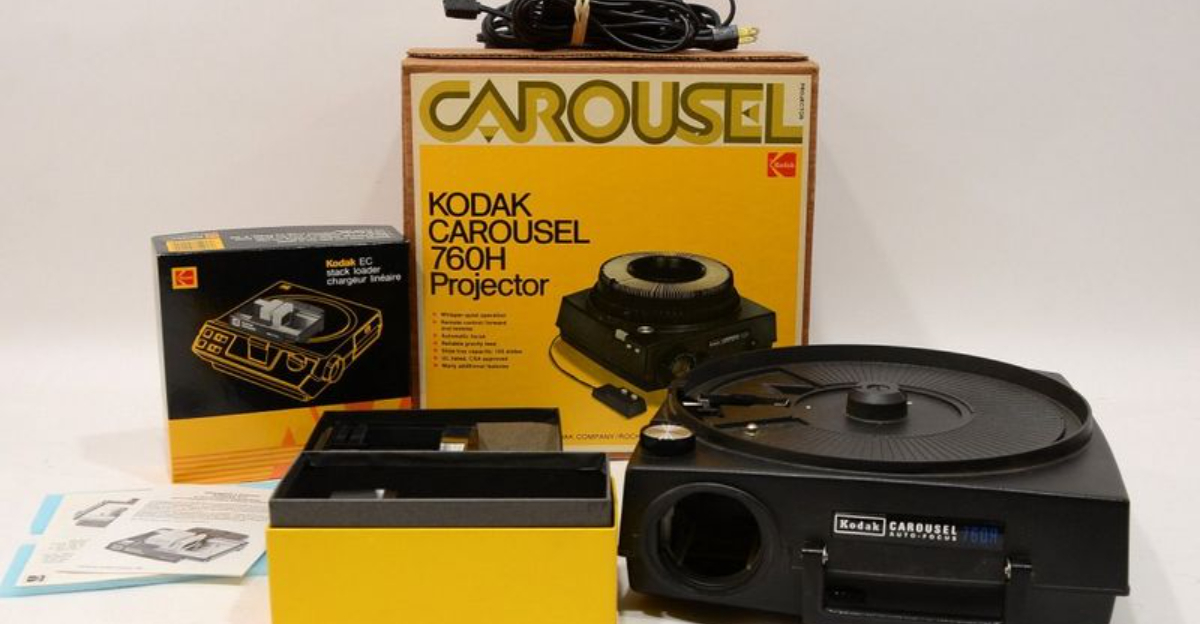
Remember the days before smartphones and digital assistants, when “smart home” meant knowing which drawer held the can opener?
Growing up in the ’60s and ’70s, my family had a trusty arsenal of gadgets and gizmos that ran the household long before Alexa or Siri were even a twinkle in a programmer’s eye. We’re talking avocado-colored blenders with toggle switches, giant metal ice cube trays that required serious muscle, and rotary phones that built finger strength with every dial.
There was the egg slicer, the manual carpet sweeper, and that mysterious TV antenna contraption that lived on the roof like a mechanical bird. These tools were the unsung heroes of daily life, essential for getting things done—but to most Gen Z folks, they’d look more like props from a retro sci-fi film.
Still, there’s something charming about those “ancient artifacts”—they remind us just how clever (and patient) people had to be back then!
1. Rotary Dial Telephones
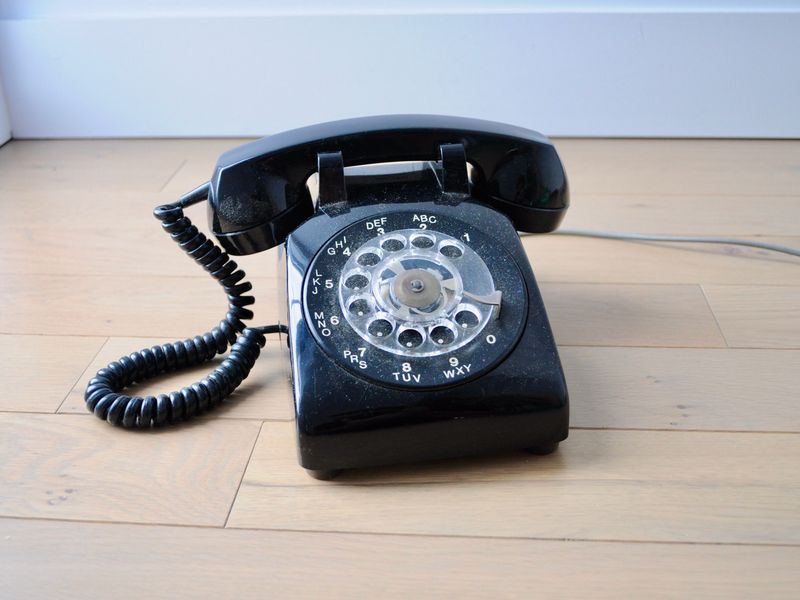
Finger-twirling communication devices that tested your patience! Every time I called my high school sweetheart, I’d stick my finger in those numbered holes and drag the dial around with a satisfying whirr. Heaven forbid you messed up the last digit of a seven-number sequence!
The phones were usually anchored to the wall, tethering conversations to one location. Remember stretching that curly cord as far as possible for a smidge of privacy? My dad installed an extra-long cord that let me drag our beige beauty into the hallway closet.
No caller ID, no texting, just the mysterious ring that could be anyone from your best friend to the principal calling about your latest detention.
2. TV Antenna Adjusters
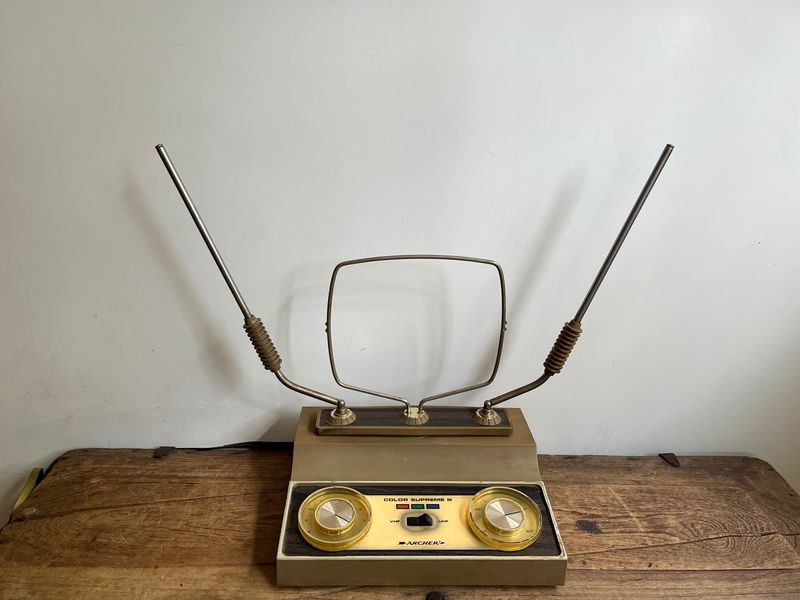
Rabbit ears that demanded acrobatic finesse! Saturday morning cartoons required strategic positioning of those metallic wands, often enhanced with ingenious aluminum foil wrappings. I became the designated “reception engineer” in our household at age nine.
Family members would shout directions from the couch: “A little to the left… no, back right… hold it right there!” The sweet spot always seemed to require you to stand on one foot while touching the antenna with one finger.
The picture would magically clear up, only to dissolve into snow when you moved. Bonus points if your family splurged on the fancy rooftop antenna with the motor that rotated it from inside!
3. Telephone Book
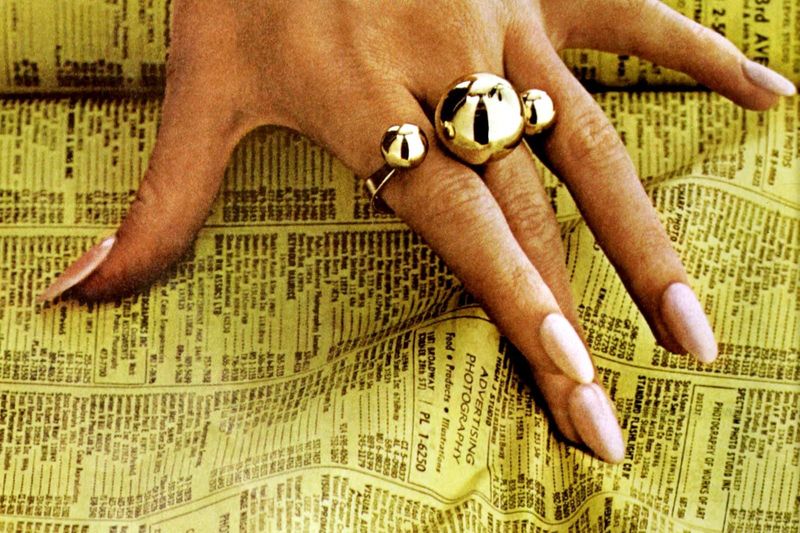
Massive paper directories that doubled as booster seats for short kids! Our family’s phone book lived beneath the kitchen telephone, dog-eared and scribbled upon with countless notes and updated numbers. Finding someone meant knowing their exact spelling—no autocorrect to save you here.
Yellow Pages for businesses, White Pages for residences—a system that made perfect sense until you couldn’t remember if the plumber was listed under “P” or by his company name.
My mom kept a separate personal directory, a sacred text that contained the numbers of relatives, doctors, and her bridge club ladies. The annual arrival of a new phone book was an event, complete with the ritual transfer of important numbers.
4. Film Cameras with Flash Cubes
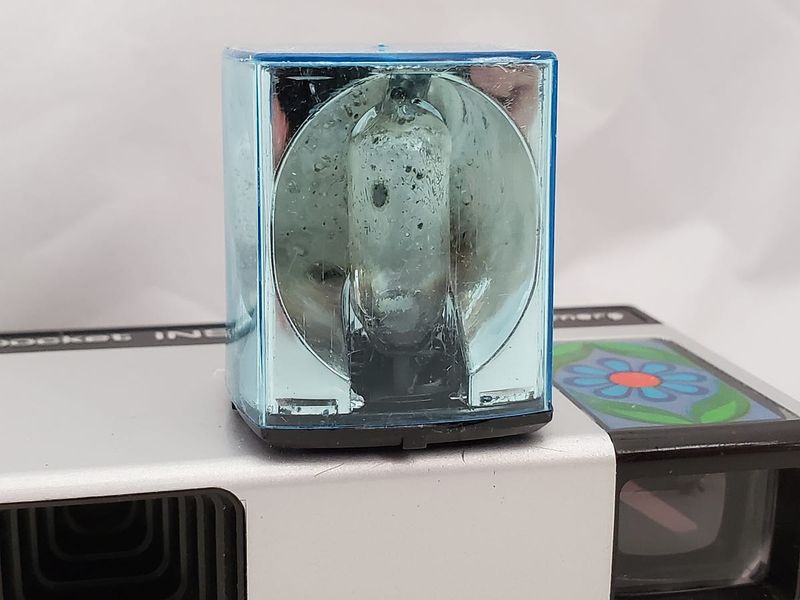
Boxy picture-takers with single-use light explosions! Each family gathering meant loading that precious film canister without exposing it to light—a task my trembling pre-teen hands dreaded.
The flash cubes were these weird four-sided plastic boxes that rotated after each blinding burst. The anticipation of waiting days (sometimes weeks) to see if your photos turned out was excruciating.
I still remember the disappointment of picking up developed pictures only to find half were ruined by my thumb or had everyone’s eyes closed. And that film counter! Watching it tick down from 24 or 36 meant rationing your shots carefully—no taking fifteen selfies to get the perfect one.
5. Record Players
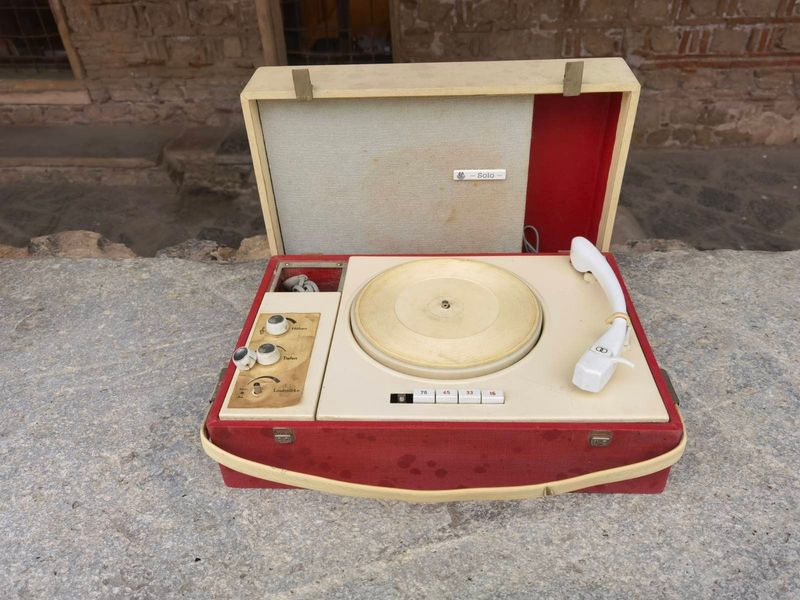
Spinning vinyl machines that required surgical precision! My first record player was a portable blue suitcase model that I treated like royalty. Dropping that needle onto a favorite album without scratching it was an art form—one tiny bump and your Beatles record would skip forever.
The ritual was magnificent: sliding the record from its paper sleeve, holding it by the edges only, giving it a quick dust with a special cloth.
Albums played at 33 RPM, singles at 45 RPM, and those weird old records at 78 RPM. Manually flipping the record halfway through an album listening session connected you to the music in a way streaming never will. My collection of scratched records still lives in my attic.
6. Carbon Paper

Magical blue sheets that duplicated everything! Before photocopiers became commonplace, this thin paper coated with carbon ink was how we made copies of important documents. Sandwiched between regular papers, it transferred whatever you wrote or typed to the sheet below.
My first job at a local insurance office had me creating policy documents using five sheets of carbon paper at once.
The pressure required to make all copies legible left my fingers cramped and blue-stained. Mistakes were catastrophic—one typo meant starting the entire page over again. The distinctive smell of carbon paper and the way it stained everything it touched are sensory memories that instantly transport me back to 1975.
7. TV Channel Pliers

Broken knob substitutes that became household essentials! When the plastic channel selector on our Zenith television snapped off (as they inevitably did), Dad’s needle-nose pliers became the official TV remote. They lived on top of the set, ready for channel-changing duty.
As the youngest child, I was the designated channel-changer for the family. “Turn it to channel 5” meant hopping up, grabbing the pliers, and carefully gripping the metal nub where the knob used to be.
Turning too forcefully risked breaking the shaft completely. We had only seven channels anyway, so the pliers served us faithfully for years until we finally upgraded to a set with—luxury of luxuries—a remote control!
8. Slide Projectors
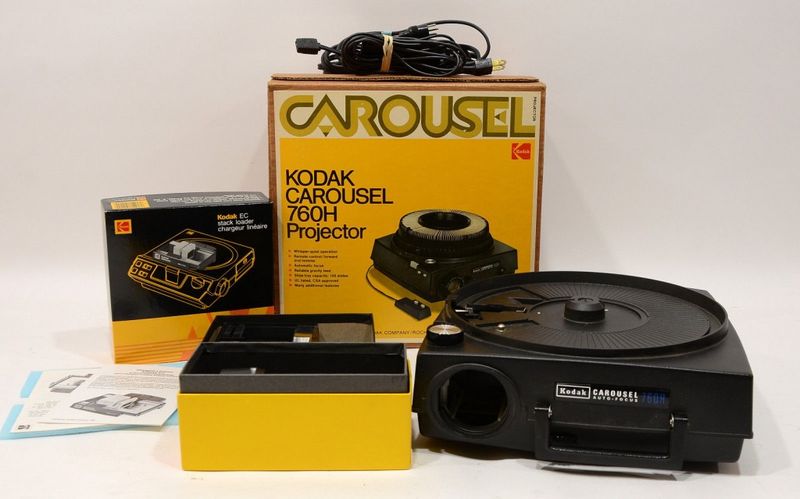
Noisy photo theaters that transformed living rooms into cinemas! My father was obsessed with documenting family vacations on 35mm slides, which meant enduring marathon viewing sessions of slightly blurry images projected onto our textured living room wall.
The projector’s fan whirred loudly while the carousel mechanism clicked dramatically with each slide advance. Dad would narrate each image with increasing enthusiasm: “Here’s your mother next to that big rock in Yellowstone!”
The room had to be perfectly dark, turning any family slide show into a major production. The hot bulb gave slides a distinctive smell when they stayed in place too long—a burning dust aroma that still triggers memories of falling asleep during vacation retrospectives.
9. Cassette Tape Pencil Rewinder
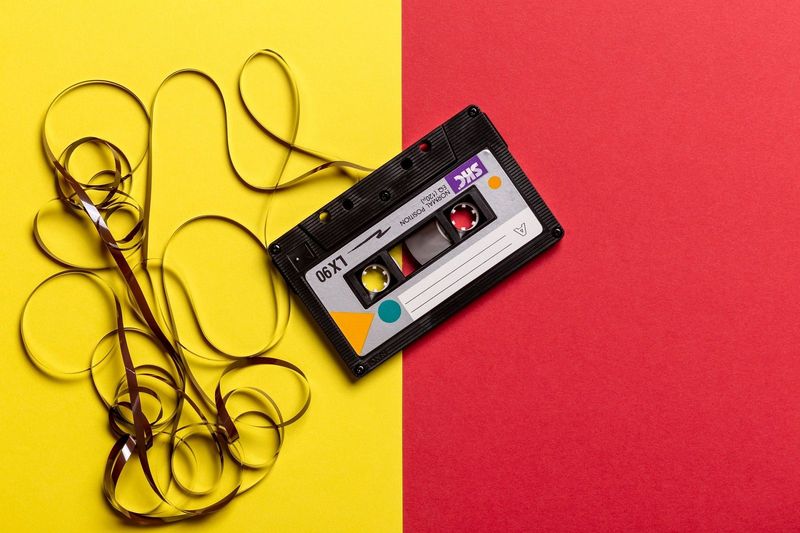
Hexagonal plastic saviors for music lovers! Nothing caused more panic than seeing your favorite tape’s innards spilling out like spaghetti. A standard #2 pencil was the universal emergency tool for this crisis.
I spent countless hours hunched over my bedroom floor, carefully inserting a pencil into the cassette’s sprocket and twirling it to wind the magnetic tape back into its plastic home. The technique required patience and a steady hand—wind too quickly and you’d crease the tape, creating a permanent audio glitch in “Stairway to Heaven.”
My mixed tapes were precious artifacts, often decorated with elaborate hand-drawn labels and track listings. Each represented hours of sitting by the radio, finger hovering over the record button.
10. Milk Delivery Boxes

Insulated porch sentinels awaiting dairy treasures! Our family’s metal milk box sat faithfully by the front door, ready to receive glass bottles of milk delivered before dawn. The milkman would take the empty bottles and leave fresh ones—a recycling system decades ahead of its time.
The box had a clever insulated design to keep milk cool until someone brought it inside. During winter months, we’d occasionally forget to bring in the delivery promptly, resulting in the unique phenomenon of milk that had frozen and pushed the paper cap up on a column of frozen cream.
I’d leave notes requesting chocolate milk as a special treat, along with payment in coins taped to a card.
11. Typewriter Correction Ribbon
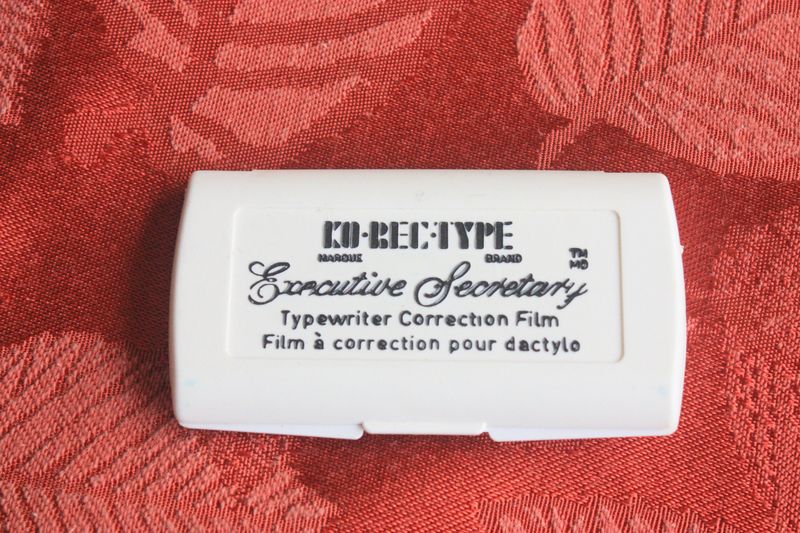
White magic strips that erased typing sins! Before backspace keys existed, fixing mistakes meant deploying special white correction ribbon to cover errors. My high school typing teacher, Mrs. Blackwell, deducted points for excessive correction ribbon use.
The technique required precision: backspace exactly to the error, switch to the correction ribbon setting, retype the error to cover it with white powder, switch back to normal ribbon, then type the correct letter. All this while maintaining perfect rhythm!
The sound of thirty students frantically correcting mistakes created a distinctive percussion section in the typing lab. Some fancy electric typewriters eventually featured correction ribbon built right in—technological marvels that seemed like science fiction to those of us trained on manual machines.
12. TV Dinner Trays

Aluminum compartmentalized cuisine holders! Wednesday nights were TV dinner nights in our house—the one evening Mom refused to cook. Those shiny rectangular trays with their perfectly separated sections for mystery meat, fluorescent vegetables, and questionable dessert were oddly exciting.
The ritual of peeling back the foil to reveal steaming compartments of food-adjacent substances was pure 70s magic. The center section always heated differently than the edges—burning hot mashed potatoes alongside still-frozen cherry cobbler.
Dad had a set of wooden TV trays that unfolded for these special occasions. Salisbury steak was the premium choice, though no one could explain what exactly made meat “Salisbury.” Those aluminum trays made excellent sleds for pet turtles after dinner.
13. Paper Road Maps
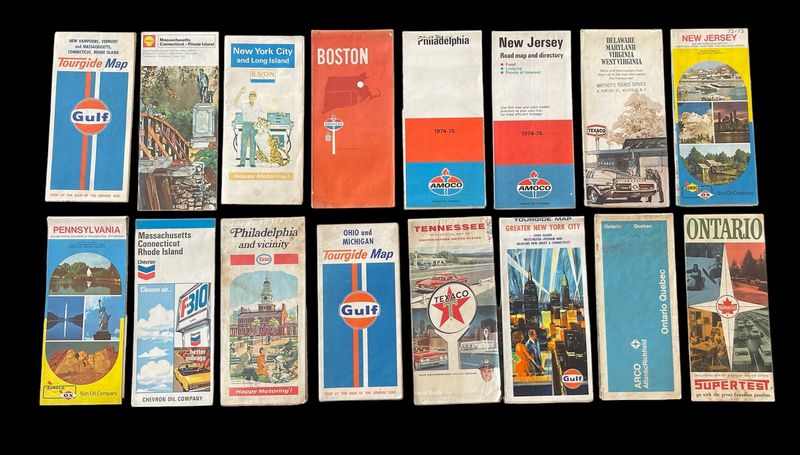
Cryptic navigation parchments that never refolded correctly! Every family vacation began with my father ceremoniously unfolding the massive state map across the kitchen table to plot our route. Those colorful accordion-like documents from gas stations were essential travel companions, tucked into the glove compartment or door pocket.
The navigator’s job (usually Mom) required the skill of an origami master—manipulating the map to show just the relevant section while bouncing down the highway. Arguments about missed exits and wrong turns were standard road trip fare.
Dad wrote our route numbers on masking tape stuck to the dashboard. I loved tracing our journey with my finger, calculating the distance between those little dots representing towns we’d pass through.
14. Sewing Pattern Tissue Paper

Fragile fabric blueprints that mystified the uninitiated! My grandmother’s sewing room was a wonderland of these whisper-thin papers covered in cryptic symbols and dotted lines. Each pattern envelope contained what looked like organized chaos—tissue paper pieces that somehow transformed into clothing.
The ritual fascinated me: carefully unfolding the delicate sheets, pinning them to fabric with precision, and cutting along the lines with specialized scissors that were absolutely forbidden for any other use. Pattern pieces had mysterious names like “facing” and “gusset” that sounded like a foreign language.
Grandma stored used patterns in their original envelopes, somehow refolding those enormous sheets into impossibly small packages—a spatial magic trick I never mastered.
15. Dictionaries and Encyclopedias
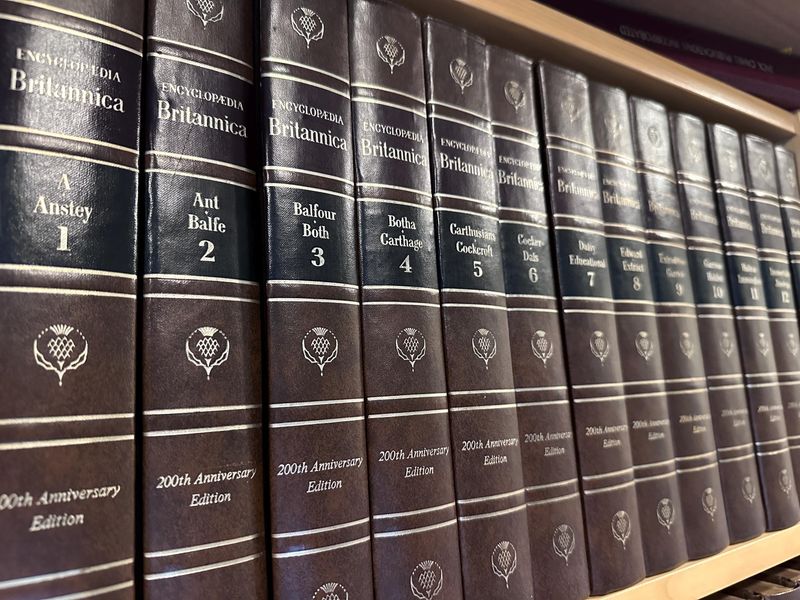
Weighty knowledge tomes that dominated bookshelves! Our family’s prized possession was the complete Encyclopedia Britannica set—24 volumes of information that cost my parents a small fortune on the installment plan.
Those gold-lettered spines lined our living room wall, a visible symbol of our commitment to education. Homework meant physically walking to the shelf, selecting the correct volume, and flipping through actual pages.
I spent hours randomly browsing through the J-K volume, jumping from kangaroos to Jupiter to the Kalahari Desert. The dictionary stood sentinel on its own special stand in the corner—a massive book with tissue-thin pages and microscopic text. Looking up words required understanding alphabetical order and navigating those little indented letter tabs.
16. Polaroid Cameras

Instant gratification boxes that spit out developing memories! Nothing matched the thrill of pressing that red button, hearing the distinctive mechanical whirr, and watching a blank square emerge from the camera’s mouth.
Pure photographic alchemy! The ritual that followed was sacred: gently waving the developing photo back and forth (though we later learned this did nothing), watching as ghostly shapes gradually materialized into recognizable images.
The anticipation was magical—gathering around to watch faces and scenes slowly appear through the chemical fog.
17. VHS Rewinder

Dedicated tape-spinning machines shaped like race cars! Video rental stores posted stern warnings: “Be Kind, Rewind” or face additional fees. My family invested in a standalone rewinder shaped like a bright red Ferrari to save wear and tear on our VCR’s delicate mechanisms.
The rewinder worked at hyperspeed compared to the VCR, with a satisfying mechanical whirr that built to a crescendo before the auto-stop kicked in with a decisive click. The glowing red light indicated it was working its magic, spinning the tape back to its beginning.
Blockbuster nights required strategic planning—one movie rewinding while watching another. Nothing was more disappointing than bringing home a new release only to discover the previous renter had ignored the rewind request.
18. Electric Typewriters
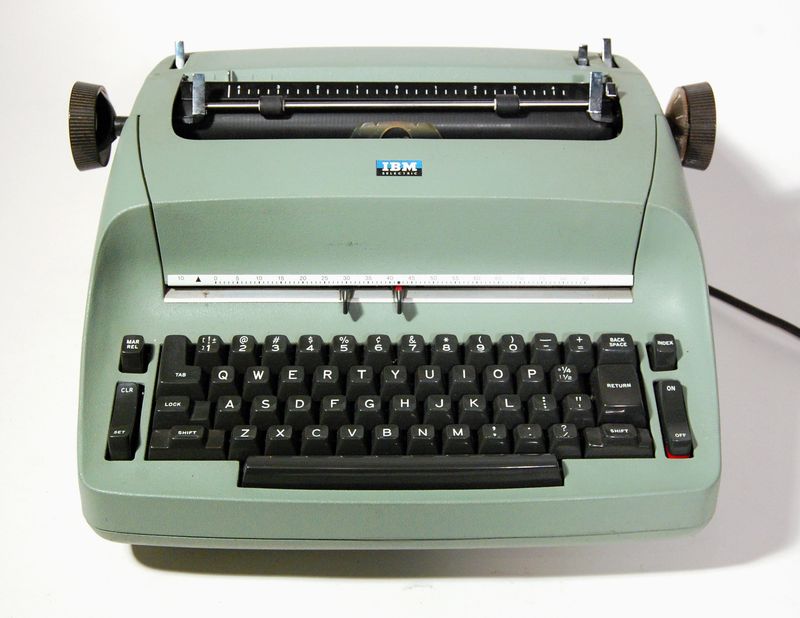
Humming text machines that terrified novice users! My first college paper was typed on my mother’s prized IBM Selectric—a sophisticated beast with interchangeable font balls and a correction key that seemed miraculous after years of manual typewriters.
The pressure required to activate keys on a manual typewriter left generations with distinctively strong pinky fingers. Electric models introduced a hair-trigger sensitivity that caused unintended character explosions across the page for the uninitiated.
The carriage return became a button rather than a lever-slinging arm workout. Term papers required strategic planning—one typo on page seven might mean retyping everything that followed. I kept a thesaurus handy not just for vocabulary but to find replacement words that would fit the available space when mistakes occurred.
